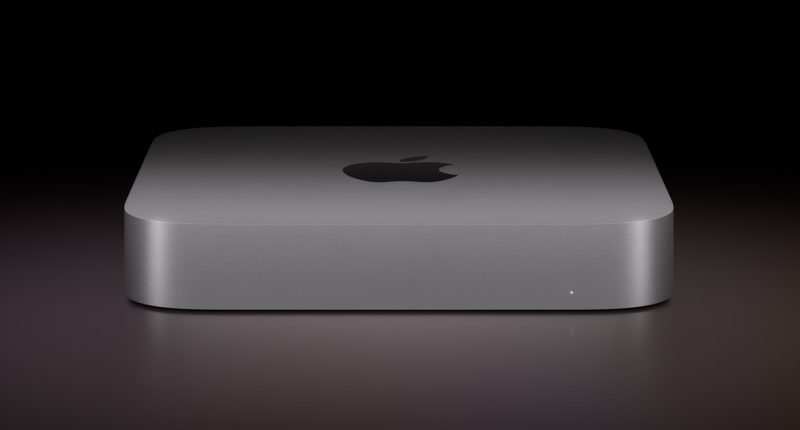Apple seems to be gearing up for a significant overhaul of its Mac mini lineup. According to a recent report by Bloomberg’s Mark Gurman, the forthcoming Mac mini models will feature Apple’s powerful new M4 chips, as well as undergo the first major design change in over a decade.
One of the changes in the new Mac mini is Apple’s decision to eliminate the traditional USB-A ports. USB-A, the once-standard rectangular port that has been a staple of computer connectivity for decades, will be entirely absent from the new models. Instead, the redesigned Mac mini will embrace USB-C, the newer, more versatile standard that has gradually become the norm across Apple’s product lineup.
The new Mac mini is set to come equipped with five USB-C ports, strategically positioned to maximize convenience and functionality. Three of these ports will be located on the back of the device, with two additional ports on the front, making it easier for users to connect and disconnect peripherals. This may pose challenges for users with older peripherals, necessitating the use of adapters or the purchase of new equipment.
Subscribe to TP Daily for updates on the latest and greatest in Tech
Beyond the changes in port configuration, the upcoming Mac mini will feature a more compact design, described as being roughly the size of an Apple TV but slightly taller. This new form factor represents a significant departure from the previous generation, which has remained largely unchanged since 2010. Despite its smaller size, the new Mac mini will not compromise on connectivity. In addition to the five USB-C ports, it will include an Ethernet port, an HDMI connector, and a 3.5mm headphone jack, ensuring that users have access to all the essential connections they need for both work and entertainment. To add to this, there is also the integration of an internal power supply, a feature that is set to enhance the device’s portability and ease of use.
At the heart of the new Mac mini will be Apple’s M4 chip, the latest in its series of custom silicon processors. The introduction of the M4 chip is expected to deliver substantial performance improvements over previous models, making the Mac mini a formidable option for a wide range of users, from casual consumers to demanding professionals. The M4 chip, built on advanced architecture, promises faster processing speeds, improved energy efficiency, and enhanced graphics capabilities, ensuring that the new Mac mini can handle everything from everyday tasks to intensive creative workloads.
In addition to the standard M4 model, Apple will offer a Mac mini with the M4 Pro chip, designed for users who require even more power and performance. This higher-end variant will feature the same array of ports as the standard model but will offer additional processing power, making it ideal for tasks such as video editing, 3D rendering, and software development. According to Gurman, the standard M4 models will begin shipping to warehouses in September, with the M4 Pro models following in October, setting the stage for a full launch later in the fall. For the first time, Apple plans to use the same generation of processors across all of its Macs, including the MacBook Air, MacBook Pro, iMac, and Mac Studio.
The Tech Portal is published by Blue Box Media Private Limited. Our investors have no influence over our reporting. Read our full Ownership and Funding Disclosure →






